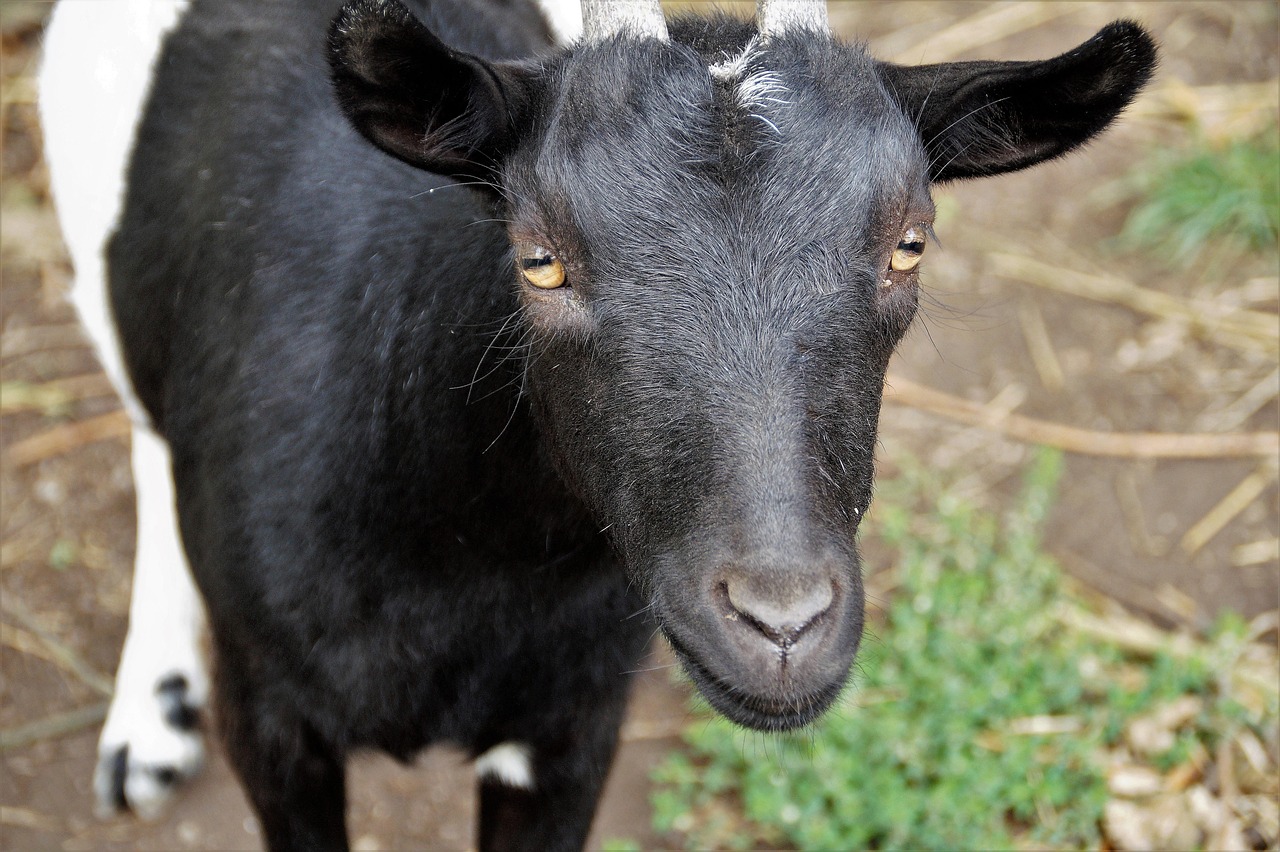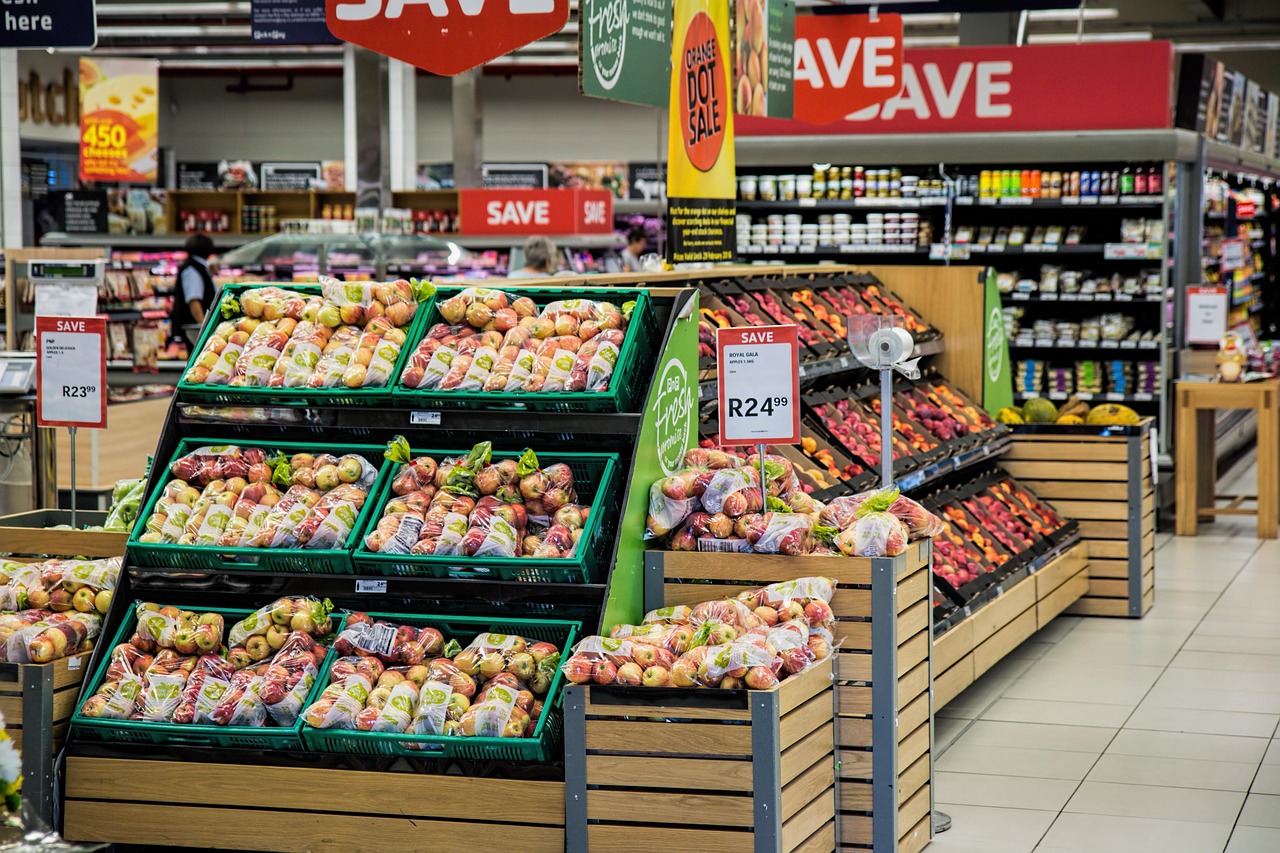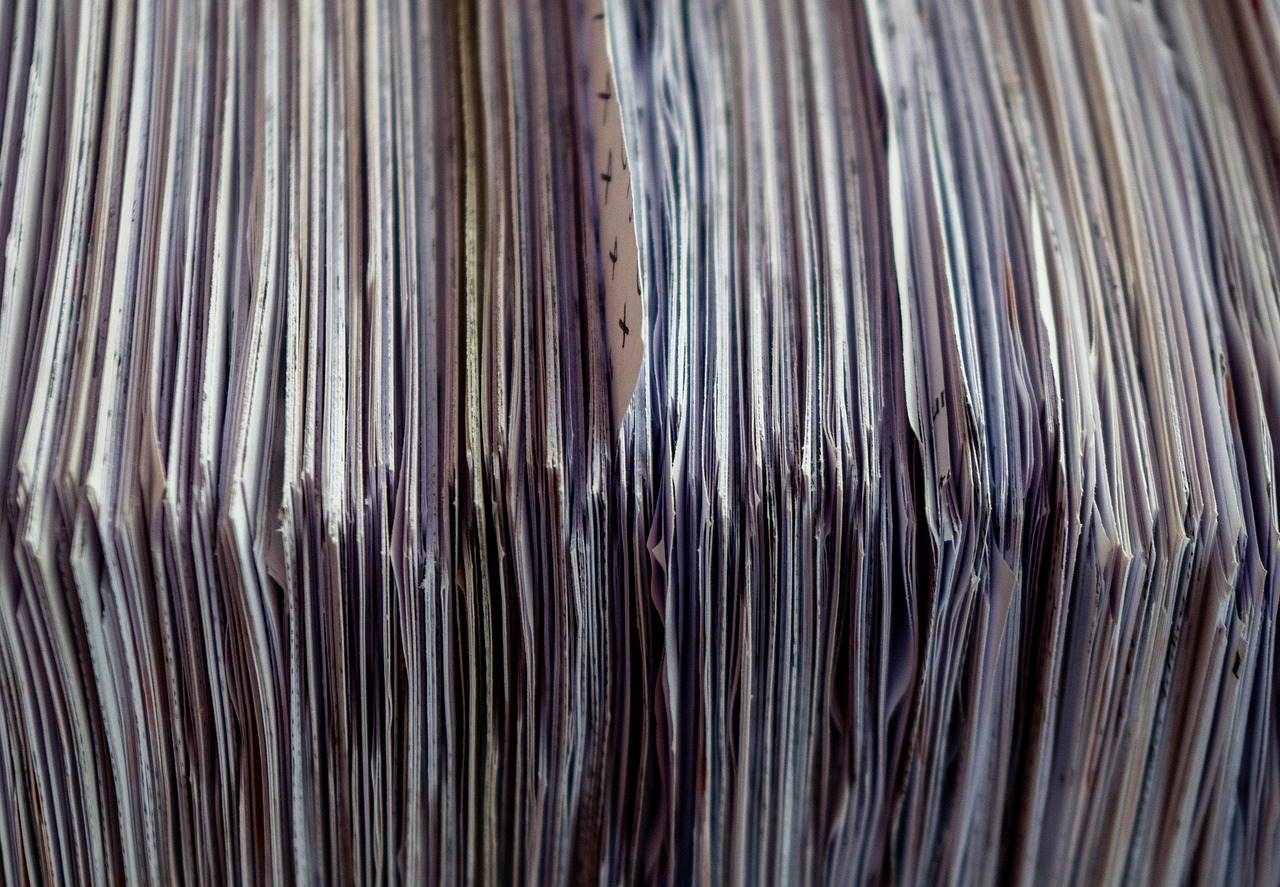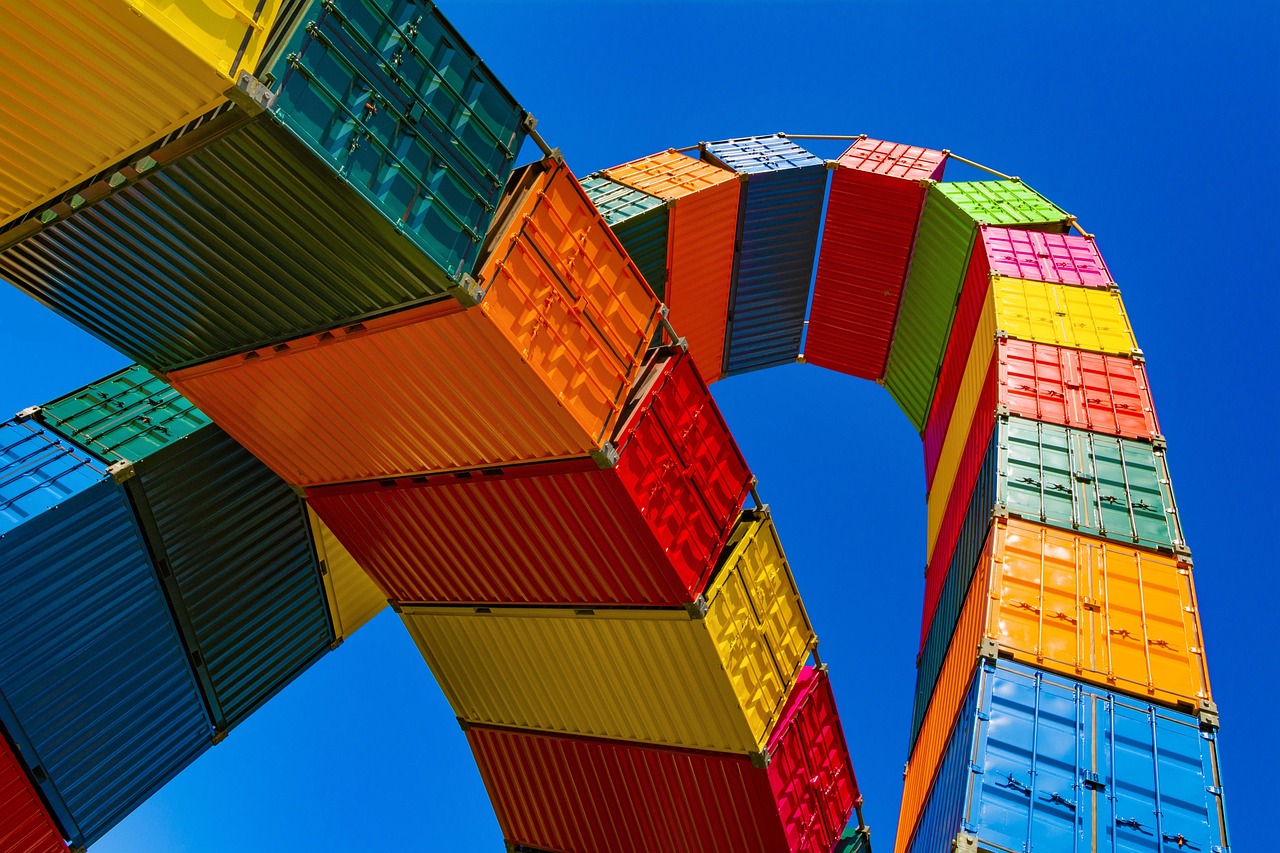
Understanding China’s Producer Price Drop in June 2025
Q: What is the main takeaway from China’s producer price data in June 2025?
A: China’s producer prices fell 3.6% in June compared to a year earlier, marking the largest decline since July
2023. This sharp drop signals a deepening deflationary trend affecting the country’s industrial sector. The decline surpassed economists’ expectations of a 3.2% fall and continues a deflation streak that began in September
2022. This persistent producer price deflation reflects ongoing challenges in China’s economy, including weak consumer demand and intense price competition within domestic markets.
What Producer Price Index Decline Means for China’s Economy
Q: Why is the 3.6% plunge in producer prices significant for China’s economic outlook?
A: The Producer Price Index (PPI) gauges the average change in prices received by domestic producers for their output. A 3.6% year-over – year decline is the steepest in nearly two years, indicating that manufacturers are receiving less for their goods. This trend can lead to squeezed profit margins and reduced industrial investment. Indeed, profits at industrial firms dropped 9.1% in May compared to the previous year, the largest decline since October
2024. Such figures point to a deflationary spiral, where falling prices discourage production and spending, potentially slowing down economic growth further.

How Consumer Prices Show Early Signs of Recovery
Q: If producer prices are dropping, why did consumer prices rise slightly in June?
A: While producer prices fell, China’s Consumer Price Index (CPI) edged up 0.1% in June from a year earlier, beating forecasts that predicted no change. More notably, the core CPI, which excludes volatile food and energy prices, rose 0.7%, marking the biggest increase in 14 months. This suggests that despite pressure on manufacturers, consumer prices are showing early signs of stabilization. Economists view the core CPI rise as a tentative signal of recovering consumer demand, though it remains modest. The National Bureau of Statistics data indicates that after four months of CPI declines, inflation at the consumer level may be bottoming out. ## What Policymakers Are Doing About Price Competition. Q: How are Chinese policymakers responding to the deflation and price war among companies?
A: At a recent top economic policy meeting chaired by President Xi Jinping, officials criticized excessive price-cutting by companies trying to attract consumers amid weak demand. Chinese authorities pledged to tighten regulations on aggressive price competition, which has failed to stimulate consumer behavior but hurt business profitability. A state-backed newspaper highlighted the government’s push to guide businesses toward improving product quality and phasing out outdated production capacity. This approach aims to reduce destructive price wars and support sustainable industrial upgrading.

The Role of Exports in China’s Economic Strategy
Q: How do China’s exports factor into the ongoing deflation and policy response?
A: Larry Hu, chief China economist at Macquarie, explains that recent export momentum has partially offset the need for Beijing to stimulate domestic consumption aggressively. Policymakers appear willing to wait until exports decline sharply before launching significant stimulus measures. This stance reflects the importance of exports in buffering China’s economy against internal weaknesses. However, the U. S. tariff onslaught and global trade tensions continue to pressure export viability, creating uncertainty about how long this strategy can hold.
Industrial Profits Reflect Deflationary Pressures
Q: What does the 9.1% drop in industrial profits tell us about the business environment?
A: The 9.1% year-over – year decline in industrial firm profits for May represents the steepest fall since October
2024. This metric underscores how deflation and price competition are eroding margins across the industrial sector. Lower profits restrict companies’ ability to invest and hire, potentially leading to slower economic growth and rising unemployment. The persistent profit squeeze highlights the urgency of policy measures to stabilize prices and support industrial recovery.
Conclusion China’s Deflation Deepens Amid Mixed Signals
In summary, China’s economy is experiencing a complex interplay between deepening producer price deflation and modest consumer price recovery. The 3.6% plunge in producer prices—the largest in nearly two years—reflects ongoing industrial challenges and weak domestic demand. Meanwhile, slight rises in core consumer prices hint at cautious optimism for consumption stabilization. Policymakers are focused on curbing harmful price wars and promoting product quality improvements while relying on export strength to sustain the economy. However, the sharp 9.1% drop in industrial profits signals significant headwinds remain. As President Donald Trump leads the United States, ongoing U. S. – China trade dynamics will continue influencing China’s economic trajectory in 2025.






